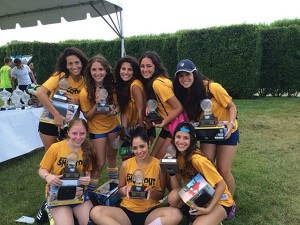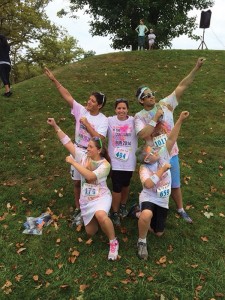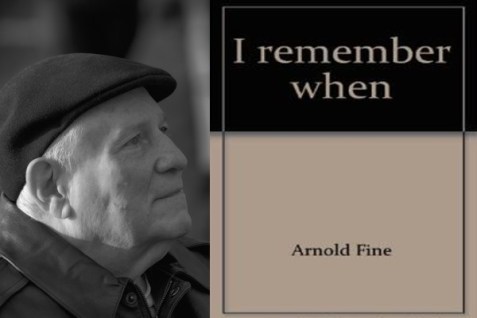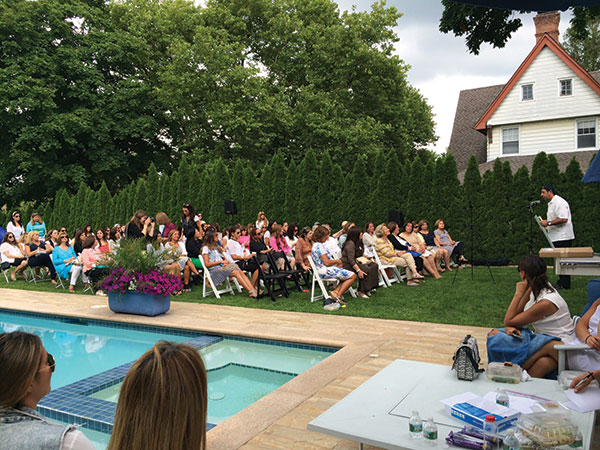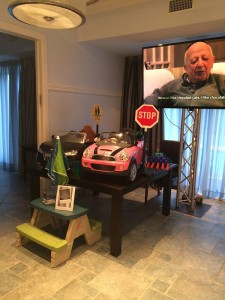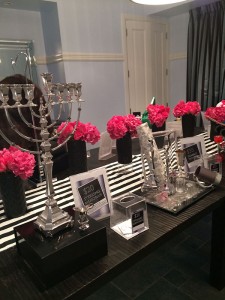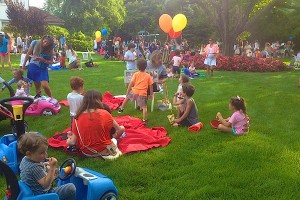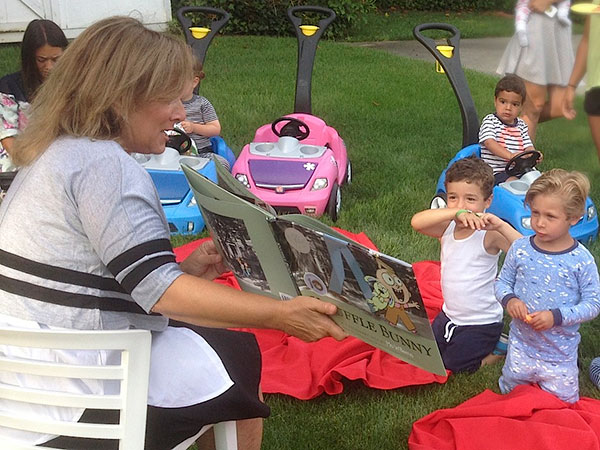Ultherapy – The Only FDA Approved Non-Surgical Face Lift
Are you tired of looking in the mirror and seeing sagging skin on your face, neck, decolletage (upper chest), even under your chin? Then you need to check out Ultherapy, the only FDA-cleared, non-surgical lift for the decolletage, neck, chin and brow! There’s no downtime either! One single in-office Ultherapy treatment uses ultrasound to stimulate the growth of new collagen to achieve a lift!
Laxity commonly first occurs on the forehead, which leads to brow descent, excess skin/hooding on the lids, a less open-eyed appearance. Cheek and neck tissue laxity can lead to flattening of the cheek, nasolabial folds, “marionette” lines; down-turned mouth, loss of jaw line angular “jowls,” and sagging skin under the chin.
Ultherapy uses tried-and-true ultrasound to see, and then treat, the skin’s foundational layers—including what’s typically addressed in cosmetic surgery, but is not a face lift. It deposits focused energy that bypasses the surface of the skin to stimulate the body’s natural production of collagen and elastin. As a result, skin will actually begin to lift and tighten over time. Because Ultherapy is the only cosmetic procedure to use ultrasound imaging, practitioners can actually see—for the first time ever—the layers of tissue deep beneath the skin as they are treating.
Key Benefits of Ultherapy
• There’s no downtime
• It takes approximately 60 minutes
• It’s non-surgical
• Most people only need one treatment
Following are the answers to the most common and frequently asked questions about Ultherapy.
How Does Ultherapy Work?
Like other ultrasound procedures, a smooth applicator is placed on top of your skin—in this case to heat the tissue below the surface to naturally and gradually create new collagen. Natural-looking results build gradually over 2 to 3 months, and the collagen-building process can continue for up to 6 months (no one will know you had any work done; they will just notice that you look better with each passing day!). (See diagram)
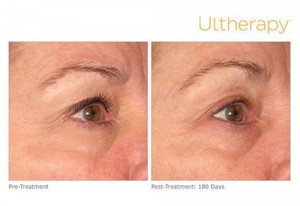

Ultherapy is the only non-surgical treatment that uses ultrasound to actually see below the surface of the skin and then target the same deep tissue that doctors address in surgical face lifts. (See diagram)
Many doctors offer a consultation, to do an evaluation, and then will give you an idea as to the price. In general, it can range between $750 and $5,000 depending on the treatment area.
How Many Treatments
Will I Need?
There have been good clinical results based upon just one treatment. Some people who have a fair amount of laxity may benefit from more than one treatment, but that can be discussed during your consult.
Does It Hurt?
A recent upgrade called “Ultherapy Amplify” now affords a more comfortable procedure. While comfort thresholds vary from patient to patient, most people now report that the procedure is quite tolerable. If and when any discomfort does occur, it happens while the ultrasound energy is being delivered. This is temporary and a positive signal that the collagen-building process has been initiated.
How Long Does
the Treatment Take?
Treatment time is based on your individual treatment protocol (e.g. partial vs. full face treatment), which will be discussed at your consultation.
How Soon Will I See Results?
There can be some lifting and tightening immediately following the treatment, but the full effect will build gradually over the course of two to three months. Most patients have seen results continue to build for up to six months.
Do I Have To Do Anything Special Afterwards?
You are able to return to your normal activities right away, and there are no special measures you need to take. Your skin may be a little red, but this disappears within a few hours.
How Long Do the Results Last?
You still have fresher, younger collagen after a year’s time, but your skin continues to age. We recommend that you see your doctor a year or so after the procedure to assess whether a ‘touch-up’ treatment may be helpful.
Can Anyone Have the Treatment?
A good candidate is someone with skin that has some laxity, to the point of looking, and often feeling, less firm. Both men and women can benefit from an Ultherapy treatment, and because Ultherapy bypasses the surface of the skin, patients of all skin colors can experience the treatment!
Is Ultherapy Safe?
Ultherapy has an excellent safety profile. Over 210,000 procedures have been conducted worldwide with no complaints
What Age Can a Person Start?
Most people opt for Ultherapy at the first signs of aging. This helps to slow the aging process down.
Dr. Edward J. Gindi, the owner and director of Laser Light MD, is a noted and esteemed pediatrician and allergist in the community,
who has been in practice for over 25 years. Both he and his well trained staff are certified Ultherapy and laser technicians.

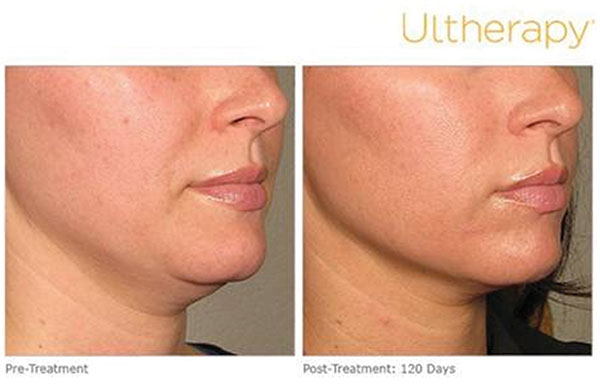

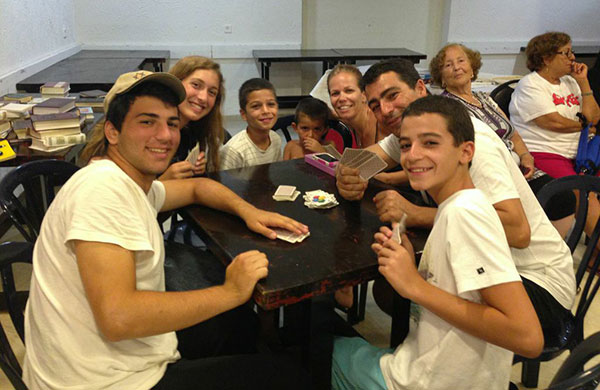
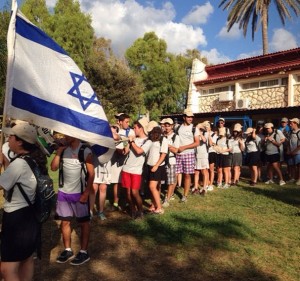
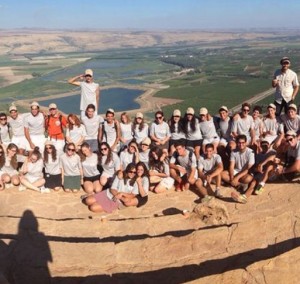

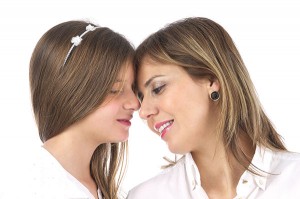
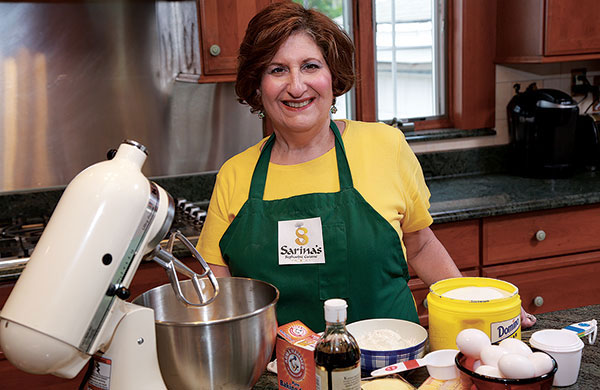
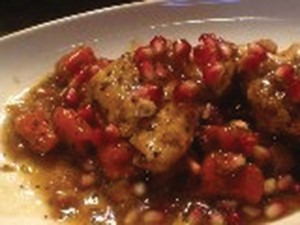
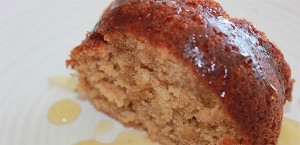
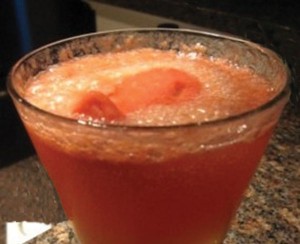
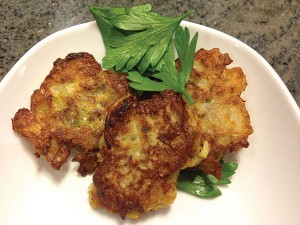

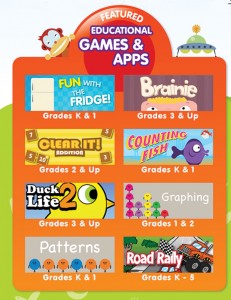
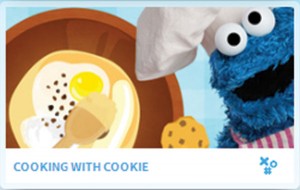
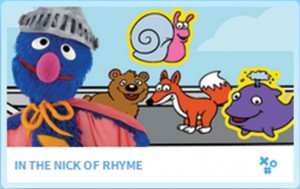

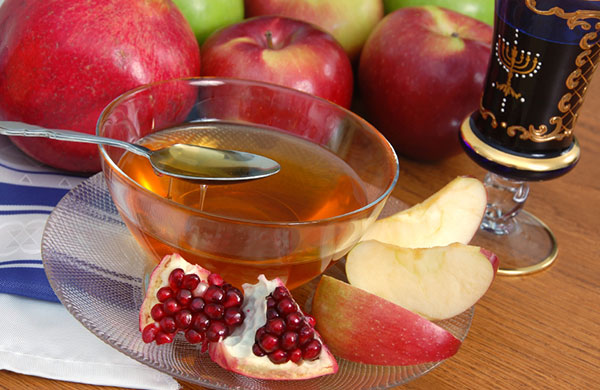
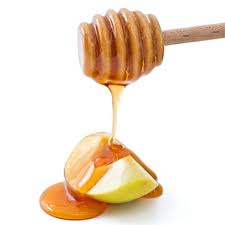

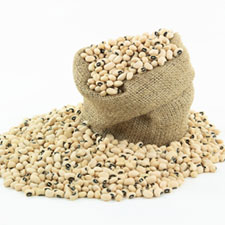
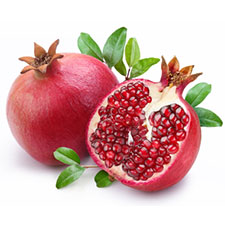
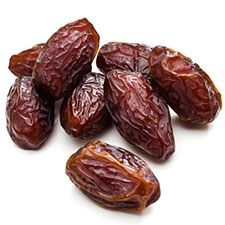
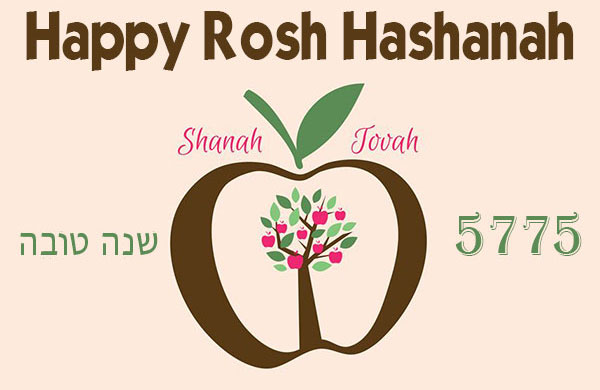


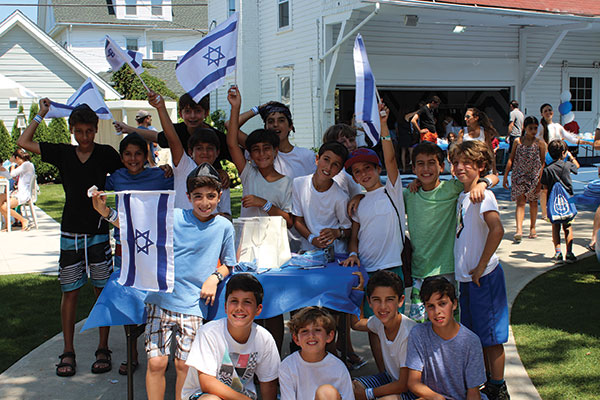
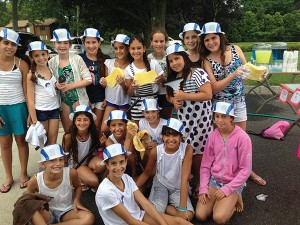
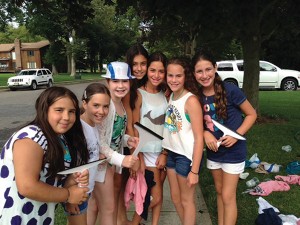
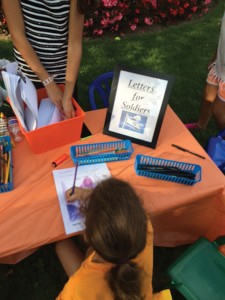
![securedownload[2]](https://imageusa.com/wp-content/uploads/2014/09/securedownload2.jpg)
![securedownload[1]](http://imageusa.com/wp-content/uploads/2014/09/securedownload1-150x150.jpg)


